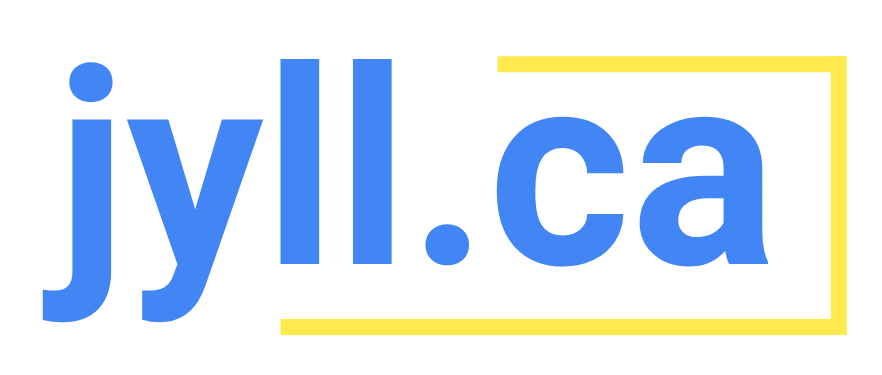5 Quick and Easy Tips to Improve your Google Ads
I'm a Google Certified digital marketer. As someone who worked at Google for 6 years, I have plenty of tips to help you grow your business with Google Ads. Here are five of my fastest and simplest Google Ads tips.
Keywords
When you put your keyword into Google Ads, most people do it like this: mba interview
That's called broad match, and it means in addition to serving an ad on a user's search for those exact words, it could serve on a lot of other things, too, that may not be relevant.
In this case, you might serve on job interview or mba admissions, which is not what I'm looking for.
Instead, try phrase match with quotation marks, which means that the search must contain the same meaning as this phrase. For example: “mba interview”
Or, use exact match with square brackets, which means, “I only want to advertise if the search has the same meaning as this keyword.” For example: [mba interview]
If someone searched for mba interview expert help, phrase match would be eligible, but exact match would not.
For more reach, start with phrase. For more control, start with exact.
Negative Keywords
Once you've researched and picked your keywords, and put them all into your campaign, you should regularly check the Search Terms Report to see which user searches are triggering your keywords.
Some of those search terms may not be relevant for your business, so you’ll want to add those as negative keywords. Note that match types work the same way for negative keywords as for regular keywords.
To make things easier, you can also just check the box next to search terms you don't want, and click “add as negative keyword.”
Do this every few days when you first launch a campaign to make sure you're only spending money on valuable clicks.
Want a Google AdWords Consultant to teach you how to use Google Ads? I offer 1:1 coaching!
Responsive Ads
Whether you're running a search, display or app campaign, the default for all ads now is a responsive ad. Instead of having to create a whole bunch of different whole ads, you create a bunch of pieces of ads, and then the ads algorithm puts them all together in different combinations to figure out which one works best to convert your customers.
To improve your ads, look at “assets details” or the “ad asset report.” In the performance column, it will either say Best, Good, Low, Learning or Pending. Remove anything that's Low performing and replace it with things that are similar to your Best performing assets.
If your performance column is empty, sort descending by impressions and you'll see what the system is serving more and less; this is a good signal of what will be better performing.
Want to become a Google AdWords Expert? Come Inside Google Ads with me
Automated Bidding
You probably know that you pay for a Google Ad on a cost per click basis. That’s why it’s called PPC: pay per click.
When most people get started in Google Ads, they set up their campaigns to bid on a cost per click basis.
But you don't really care about clicks. You want conversions, you want revenue, you want your Google Ads to drive your business.
As long as you have conversion tracking set up in your Google Ads account, there's a better way. Let the machine learning of Google take care of it for you!
In your campaign settings, when choosing a bid strategy, you want one of these automated bid strategies: Maximize Conversion Value, Maximize Conversions or Maximize Clicks.
Ecommerce stores should choose Maximize Conversion Value
Most other businesses should choose Maximize Conversions
If you don't have conversion tracking, use Maximize Clicks, as this lets you get the most out of your budget without having to get into the nitty gritty of managing your campaigns.
Want a Google AdWords consultant to audit your account? I can help you with that!
Ad Assets (fka Extensions)
If you run a physical store, you want to maximize your foot traffic by being at a really busy intersection, right? Location, location, location.
In the digital world, your Google listing is your location, location, location. You want your Google Ad to take up as much real estate as possible.
The way to achieve that is by using ad assets. These are little pieces of text, links, reviews, promotions, etc. to make your ad bigger and give the user more information. This entices them to click on your ad and visit your digital storefront: your website.
In Google Ads, go to “Assets” on the left-hand side. I like the table view. Click the “+” button and you have so many options to choose from!
Best practice is to make sure you have at least 6 extensions with every ad.
